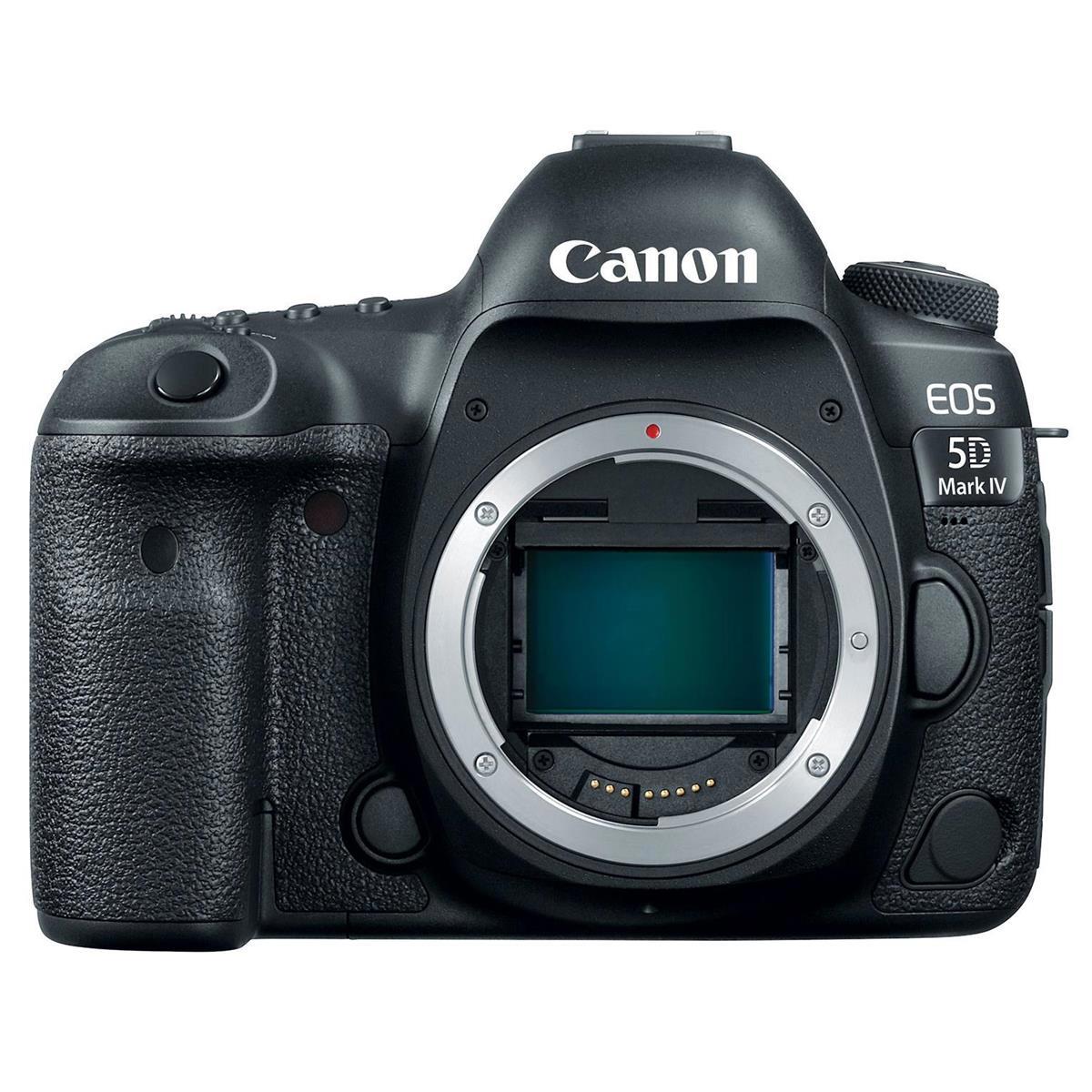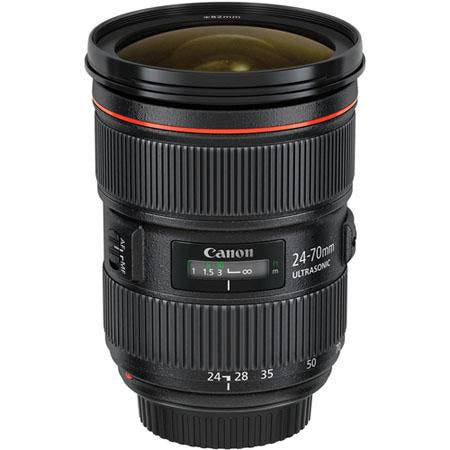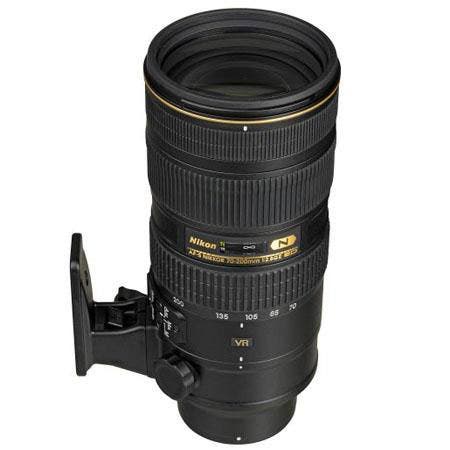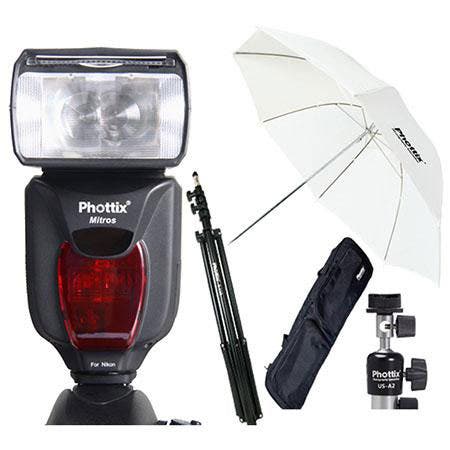You’ve probably spent a lot of time and money on your wedding. You want the pictures to be perfect and have the best equipment possible. You should get started by looking at my top 5 wedding photography equipment list (which includes the best camera for wedding photography in low budget).
Congratulations on your upcoming marriage! But first, let’s talk about the day-to-day wedding photography process. We’re not just talking about where to take your photographs, but the specific gear you’ll need for the day.
Wedding photography equipment list
Are you serious about shooting a high quality wedding or event? You should be. We’re going to talk about the best camera for wedding photography in low-budget today. But first, let me explain why it’s important for you to make sure you have your equipment setup correctly if you want to deliver amazing photos of your family and friends.
Choosing the right camera for wedding photography can be a daunting task. The small investment you make today will pay off with quality images for years to come.
A wedding photographer is a person who takes pictures of weddings, mostly one day events like engagements, weddings and anniversaries. A wedding photographer is also called a professional photographer or photojournalist.
Wedding photography equipment for beginners
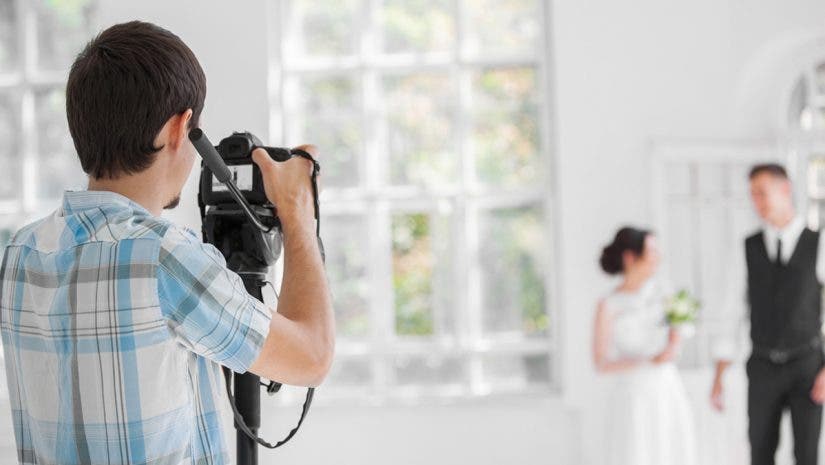
May 3, 2017
Essential Equipment for Beginner Wedding Photographers
Even though you may be new to wedding photography, it’s very important to have a good DSLR, several lenses and a flash. An entry-level DSLR will suffice when shooting your first weddings, and for use as a backup camera. However, you should consider investing in high-quality equipment for the long run, especially if you plan to shoot weddings professionally.
As one of the largest manufacturers of photographs, we offer a variety of wedding photography equipment for beginners designs. solaroid energy focuses on providing you with the most stylish and extravagant image that you will ever see on the web. Whether it’s a camera, a camera accessory, or a camera repair, solaroid energy experts search the globe for the best and most unique models. Our collection of unique photographs includes best camera for wedding photography in low budget, wedding photography lighting equipment and minimalist wedding photography gear.
With the best designs, values, and styles, we provide the wedding photography equipment checklist pdf. For photographs, there are many different designs available. solaroid energy official website is the best place to shop for sony wedding photography kit. Among the most popular photos on the market are ours. You can find wedding equipment list on our website. You can choose from a variety of wedding photography must haves designs available right now. Select your favorite now!
To begin with, you can rent much of the equipment you’ll need. Rental prices for a DSLR body range from about $50 – $200 / day, and many lenses can be rented from about $10 – $25 / day. Some rental departments offer a multi-day or weekend discount. Renting is a great way to go when you can’t afford the initial outlay of cash that professional camera equipment requires, and it will give you the opportunity to try out equipment before purchasing it. Renting several days before the big event will give you the opportunity to familiarize yourself with the camera gear you plan to use.
DSLR Body
Many professional wedding photographers use full-frame digital cameras, which are becoming more common in today’s marketplace. Full-frame DSLRs offer excellent image quality in low-light situations, as well as great wide-angle capabilities. Some wedding and event photographers use more economical DSLRs with smaller sensors, which also have great imaging and AF features. Their smaller sensor size also offers greater magnification than those with full-frame sensors for telephoto work.
Video
Because of the rising popularity of videography at weddings and other important events, most of today’s DSLRs incorporate video. It’s possible for the wedding photographer to shoot brief video clips on his/her primary camera, but it’s better to have a second person shooting video with a DSLR or camcorder. The videographer also needs a fluid head tripod, remote microphone system and/or audio recorders. Just as with still photography, it’s important to document all the important events at a wedding.
Lenses
A maximum aperture of f/2.8 or wider is important for gathering light in dimly lit situations and for shallow depth of field. You may need to shoot in low light in a church where flash would be disruptive to the ceremony. Some wedding photographers utilize several prime (single focal-length) lenses, while others use zoom lenses that cover a broad range of focal lengths. You can cover the spectrum of wedding photo opportunities with three zoom lenses—a wide-angle zoom, a wide-to-telephoto zoom, and a telephoto lens.
Wide-Angle Zoom
This lens will enable you to shoot pictures in confined areas, like the bride’s dressing room. You can also take in expansive views, like the entire church or the wedding party. These zoom lenses are available in ranges that include 16-35mm f/2.8, 10-22mm f/3.5-4.5, and 14-24mm f/2.8.
Wide-to-Tele Zoom
The wide-to-telephoto zoom lens is perhaps the most versatile lens in wedding photography. At the wide end, you can photograph groups of people, while the long end will enable you to capture three-quarter views of the couple without getting perspective distortion. You may be able to capture most images at a wedding with this lens alone. These zoom lenses are available in focal length ranges that include 24-70mm f/2.8 and 17-55mm f/2.8.
Telephoto Zoom
When you need to bring far-away scenes in close, you’ll need a telephoto zoom lens. Many photographers use the 70-200mm f/2.8 or f/4 lens for this purpose. On a full-frame camera, the focal length is truly 70-200mm. However, on a camera with a smaller sensor, the 1.5x (Nikon) or 1.6x (Canon) multiplication factor will make the long end of the lens an effective 300mm or 320mm focal length. Chances are that you will need to handhold your camera and telephoto lens during a wedding ceremony and this is where image stabilization or vibration reduction is imperative.
Flash
The type of flash unit you use will depend on the style of photography you prefer. Many wedding photographers prefer to use flash units positioned away from the camera with a flash cord or bracket. These flashes are lightweight, portable and will usually provide sufficient light. If you are shooting formal portraits or want more creative lighting options, however, you may want to use studio lighting with modifiers such as softboxes and umbrellas. You may also need light stands and backdrops.
You can use simple camera gear when you’re first starting out in wedding photography. Renting will give you additional options, and you can always invest in higher quality equipment as you become more expert at your craft.
Wedding Photography Gear You Need When Starting Out
What’s in your bag?

Weddings are vibrant and full of emotions, making it all too easy to have a purely romantic view of the day. For the couple and guests, that is very true. However, if you are a supplier on the day, it can be a very different experience. All the more if you are the wedding photographer! The pressure is on, and you have a huge responsibility to capture the day.
When you first begin photographing weddings, it is important to have a love for weddings and a connection to the occasion. If you hate weddings – which some people do – I suggest you steer clear of wedding photography. It is also beneficial to have a creative eye. If you lack both, it will be apparent on the images you capture.
When starting as a wedding photographer, it is quite understandable that you may not have the full arsenal of cameras, lenses, flashes, etc. Often we start with only the basic equipment in our bag and plenty of creativity (and for some, a healthy dose of confidence).
If you are considering being a wedding photographer and exploring what you can achieve with a basic kit, then this article is for you. These are also just my suggestions. I do not assume that you could not become a competent wedding photographer otherwise.

1. Camera
A full-frame professional camera is ideal, but if you only have a crop-sensor camera, there’s no reason you can’t shoot a wedding. The main impact of this would be the lenses. Unless it is a dedicated crop-sensor lens, a crop-sensor only uses a section of the lens, causing some loss in light and sensor use.
Newer cameras are equipped with better technology to handle noise, especially in low-light conditions. This technology is crucial because regardless of season, weddings will always involve low-light. Often very little natural light. The pixel size of images from newer cameras is also generally larger allowing more room for adjustments like cropping. It also allows better enlargements of your photographs in print. 24MP is now average for a newer camera whereas it was around 12MP 10-years ago.
2. Lenses
I feel lenses are a must. If you want to shoot weddings, at least have the 50mm or 35mm prime lens. They open to larger apertures than the kit lenses (the ones that come with the camera body). A maximum aperture of f/1.8 will do, but even better is f/1.4 and f/1.2. However, these lenses can be pricey though. If you tend not to use a flash unit, the advantage of these lenses is made clear.
A zoom lens is a massive help when capturing unfolding events during a wedding day. You don’t have to zoom with your feet as you do with a prime lens. In my opinion, you can get away with using a zoom kit lens for candid captures and don’t have to shell out for a pricey f/2.8 zoom when starting out. I must also add that these f/2.8 zooms are amazing pieces of glass and are worth the investment if you can afford it.
Top tip: Use a hood or a UV filter on your lens to protect it from knocks and breakage. Some people say filters affect the sharpness. That may be so, but I’d rather have an intact lens and a 99% sharp photo than a broken lens and a 100% sharp photo. The difference is pixel-peeping minuscule.
3. Flash Gun
Many people call themselves a natural light photographer. There is nothing wrong with that. However, if you want to shoot weddings, I encourage you to be open-minded and explore the possibility of learning to use flash. Weddings, especially evening receptions can be notoriously dark and having a flash gun will serve you well.
Top tip: Use a diffuser or bounce card.

4. Memory Cards, Spare Batteries, Remote Triggers or Transceivers (If You Use Off-Camera Flash)
These are self-explanatory. Have spares and spares of spares!
5. Backup Equipment
If you have to borrow extra equipment for back-up, do so. You never know when something will unexpectedly pack-up! When I shot my first wedding, I owned one camera body (a crop-sensor), and I borrowed my sister-in-law’s camera, just in case. I didn’t use it but having it with me gave me peace of mind.

6. Other Helpful Equipment But Non-Essentials
The following can come in handy but in my opinion, you can do without them:
Grey card – You shoot at a fast pace in various lighting scenarios during a wedding – indoors, outdoors, tungsten, LED, natural lights, etc. It would be crazy to use a grey card every time you moved! You can shoot in Kelvin or use Auto White Balance. The important thing is that you shoot in Raw so you can adjust the white balance in post.
Reflector – I used to carry a reflector when I first started, but now I take my flash guns instead. And I never go without at least two of them! But a reflector is handy. Because I don’t carry one with me most of the time now, when I shoot small details, I use a small piece of white card or anything white that may be handy.
Tripod – I never carry a tripod as I find it too cumbersome and heavy! But you’d never see me cover a wedding without a monopod. They are easier to lug around!
7. Non-Essentials That Add Value to Your Service
Brides are often grateful when you magically produce things that they did not expect you to have. For instance, bobby pins, hair grips, scissors, or tissues. Likewise, if you help in other ways when you can, for example, putting the buttonholes on, helping with jewelry, etc. As they say, it’s in the little things.

Lastly, invest in a good, well-padded camera bag. Your equipment will love being in it!
You can read more about lenses for wedding photography in an more exhaustive article I have written here.
I hope you found this article helpful and I wish you the best in your journey as a wedding photographer!
